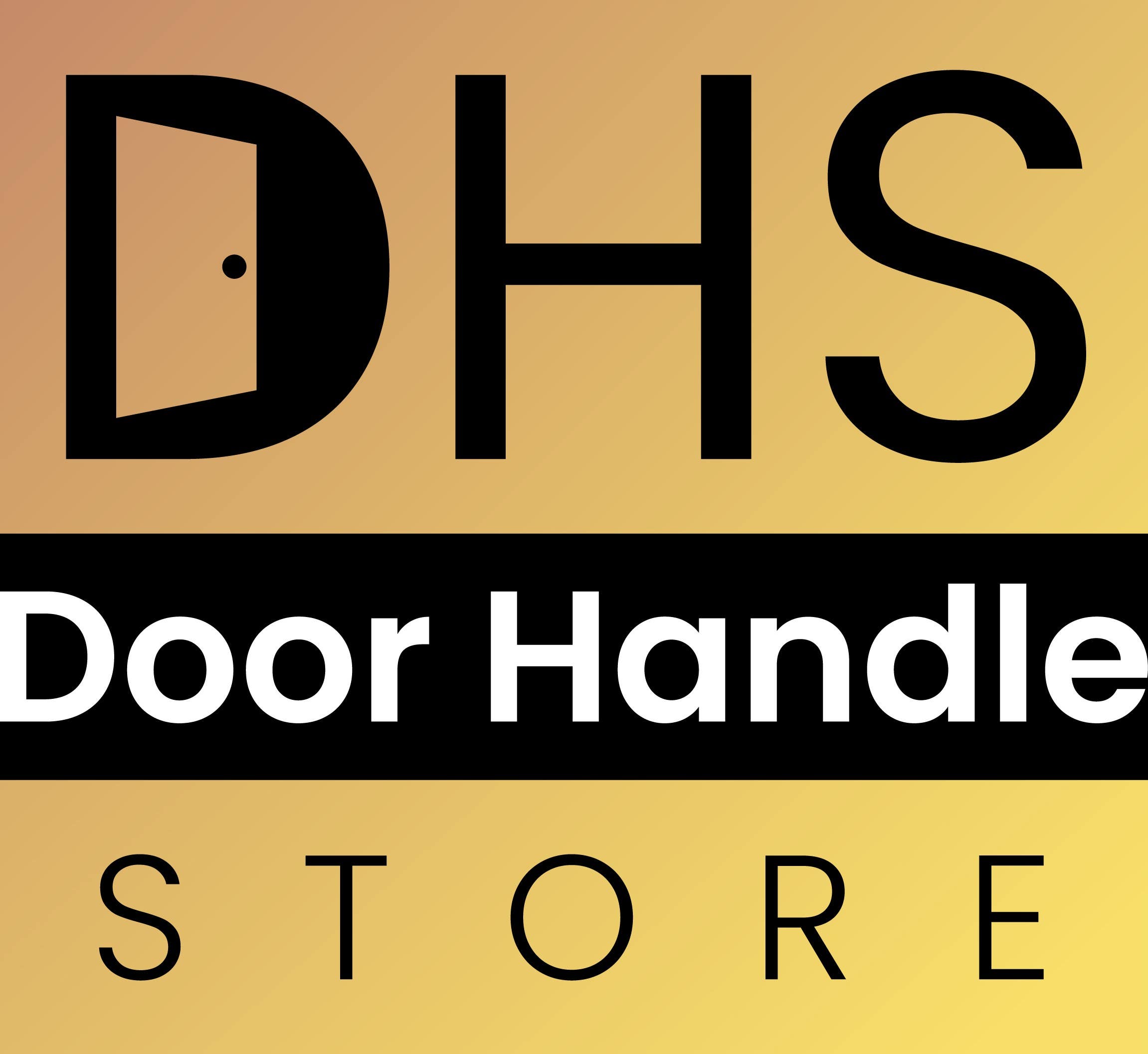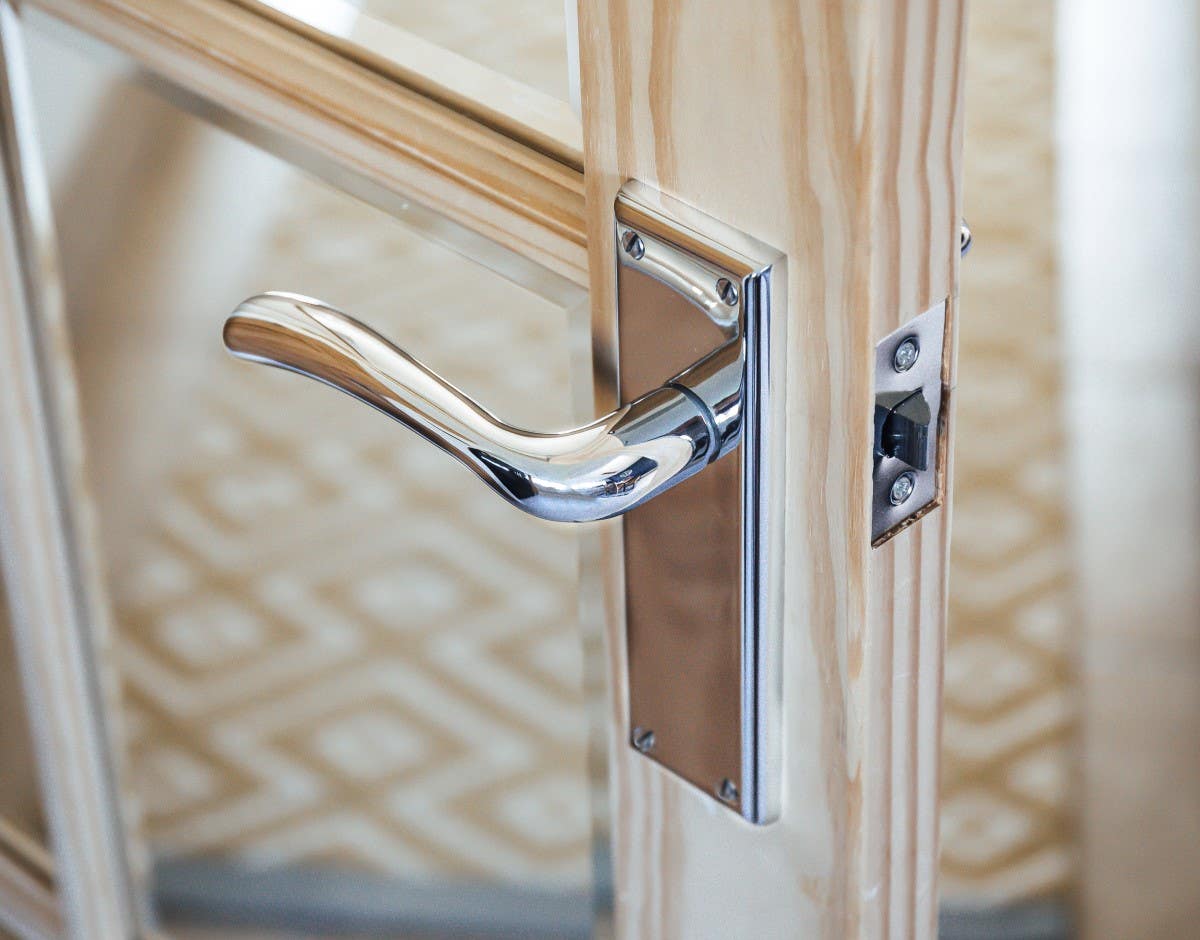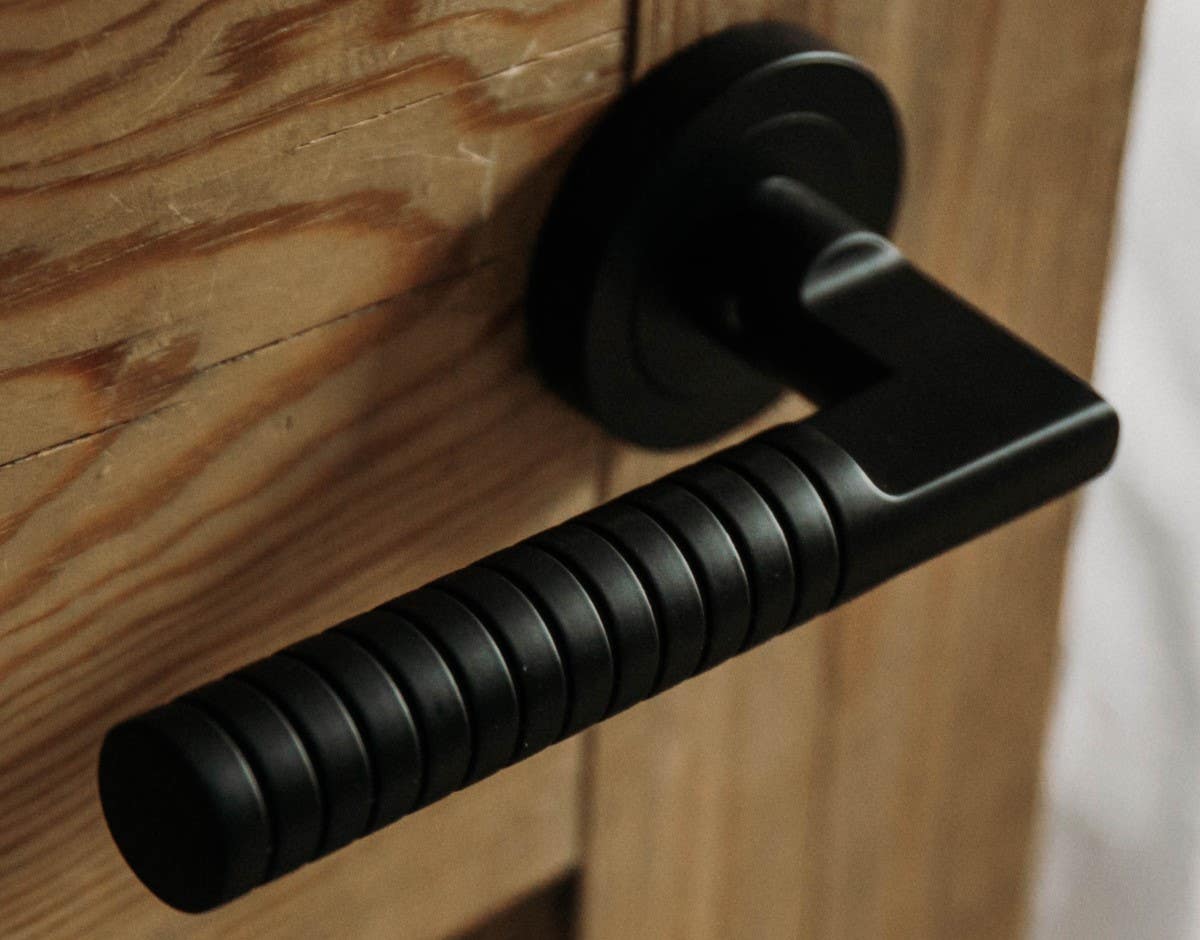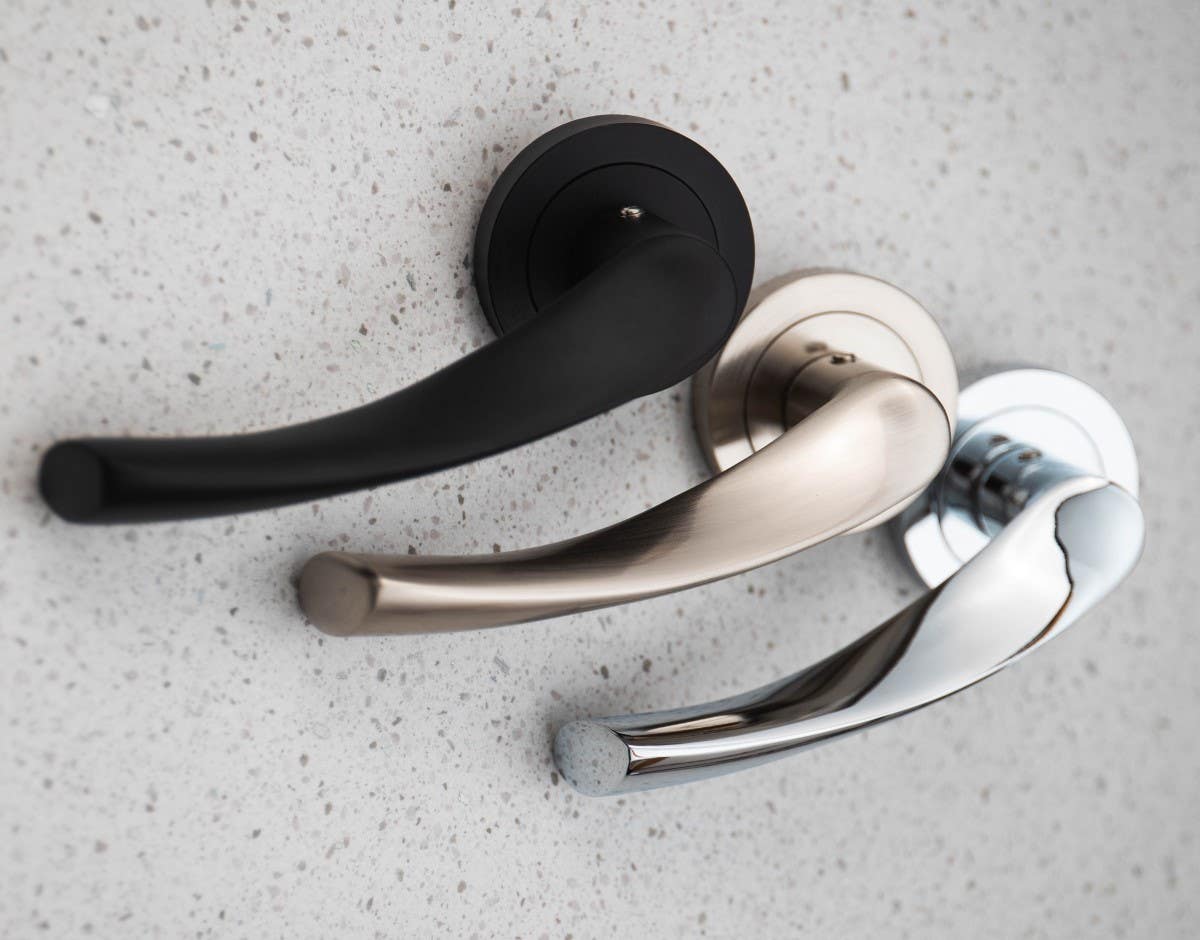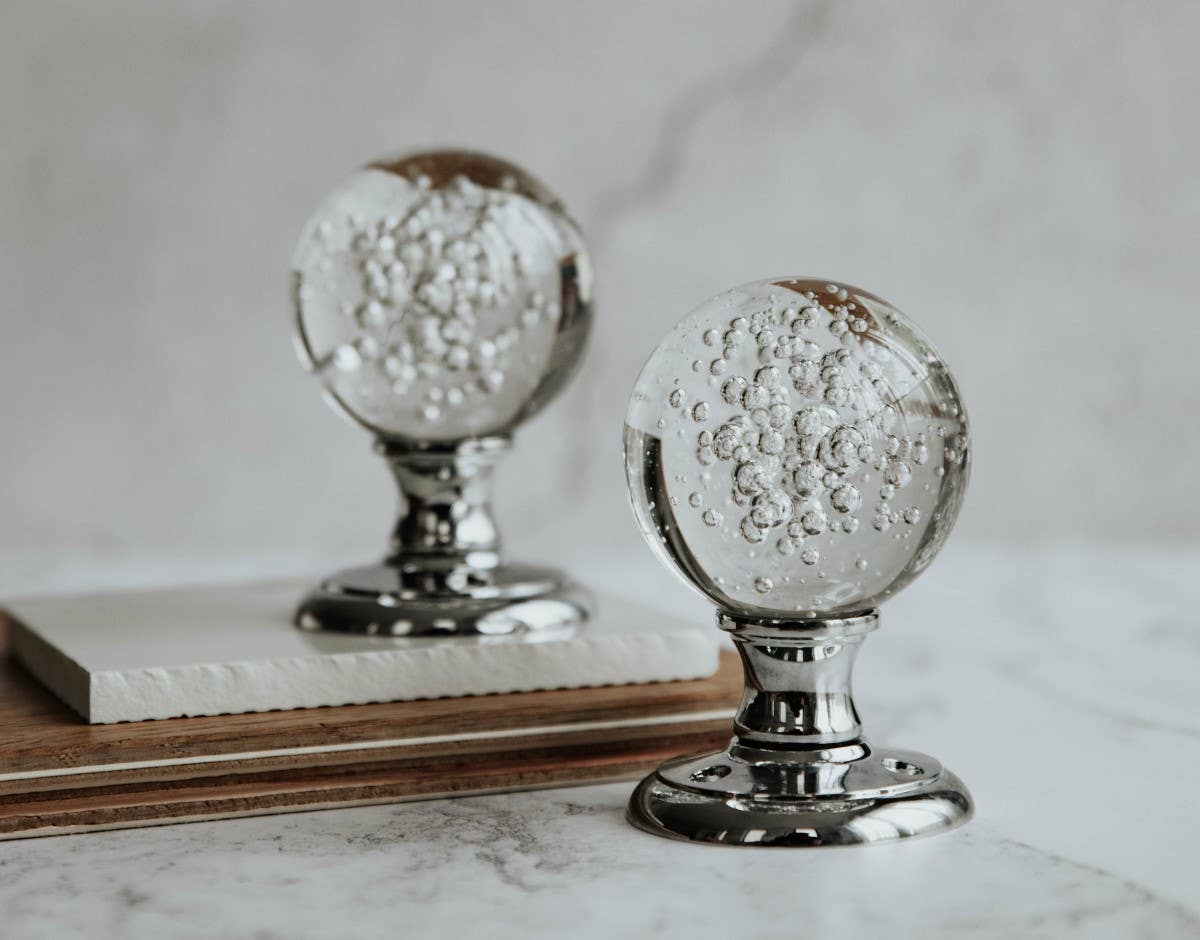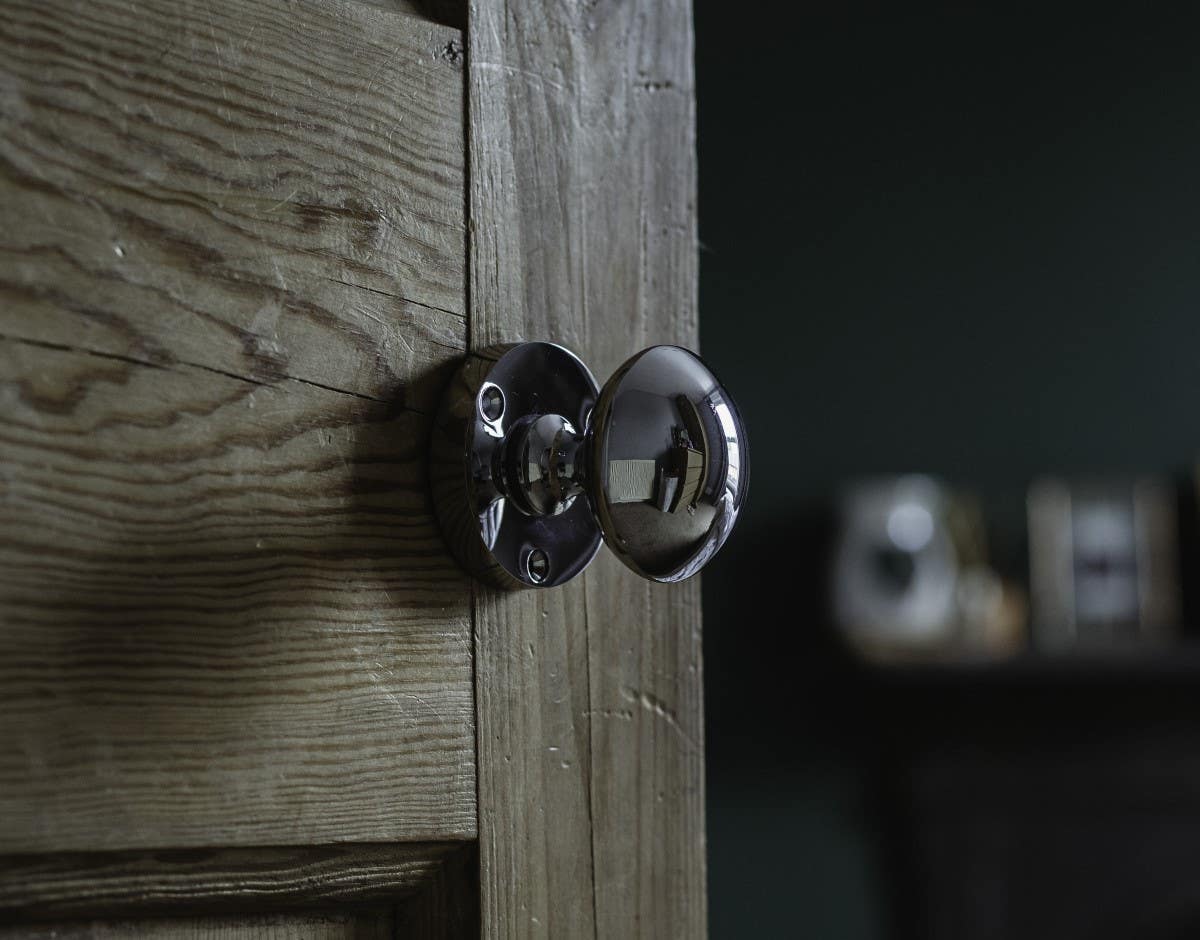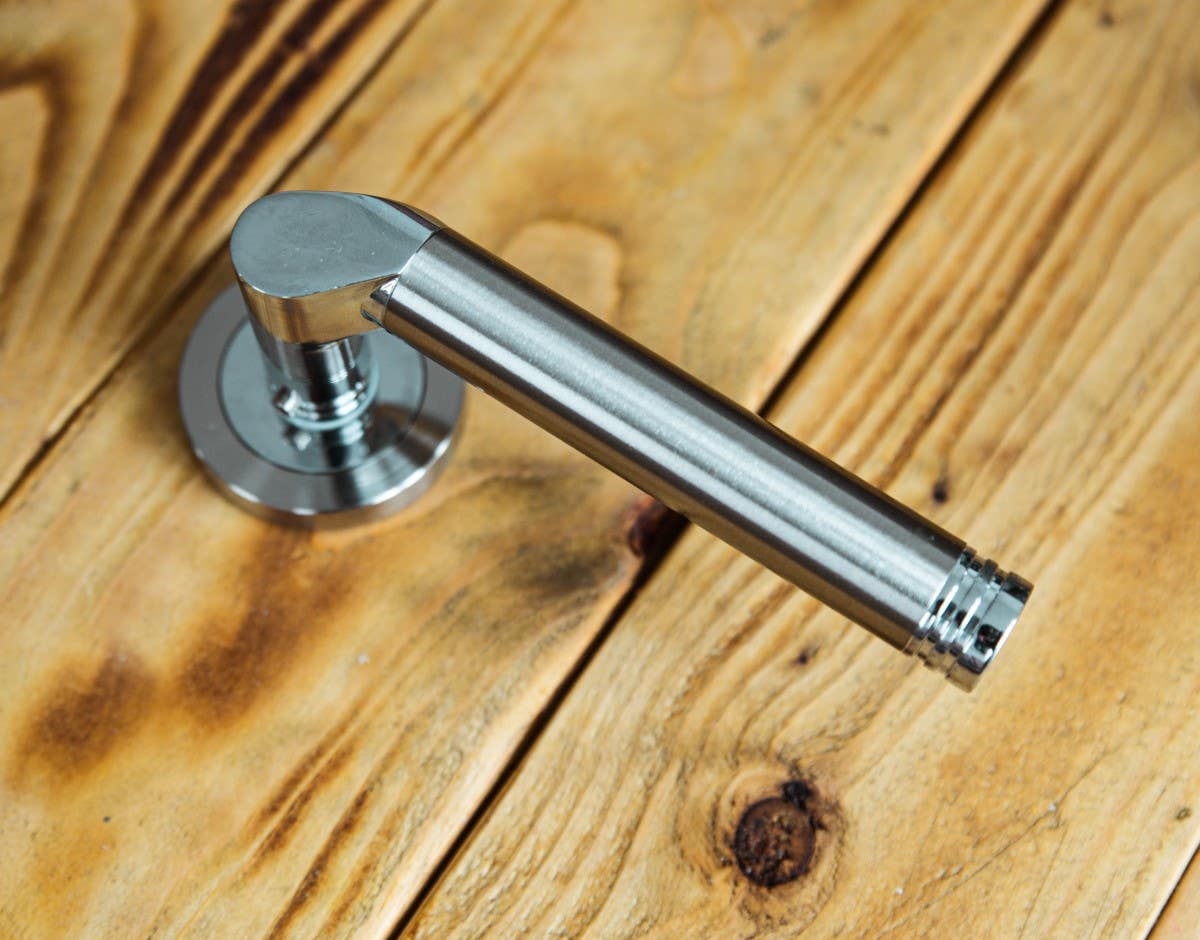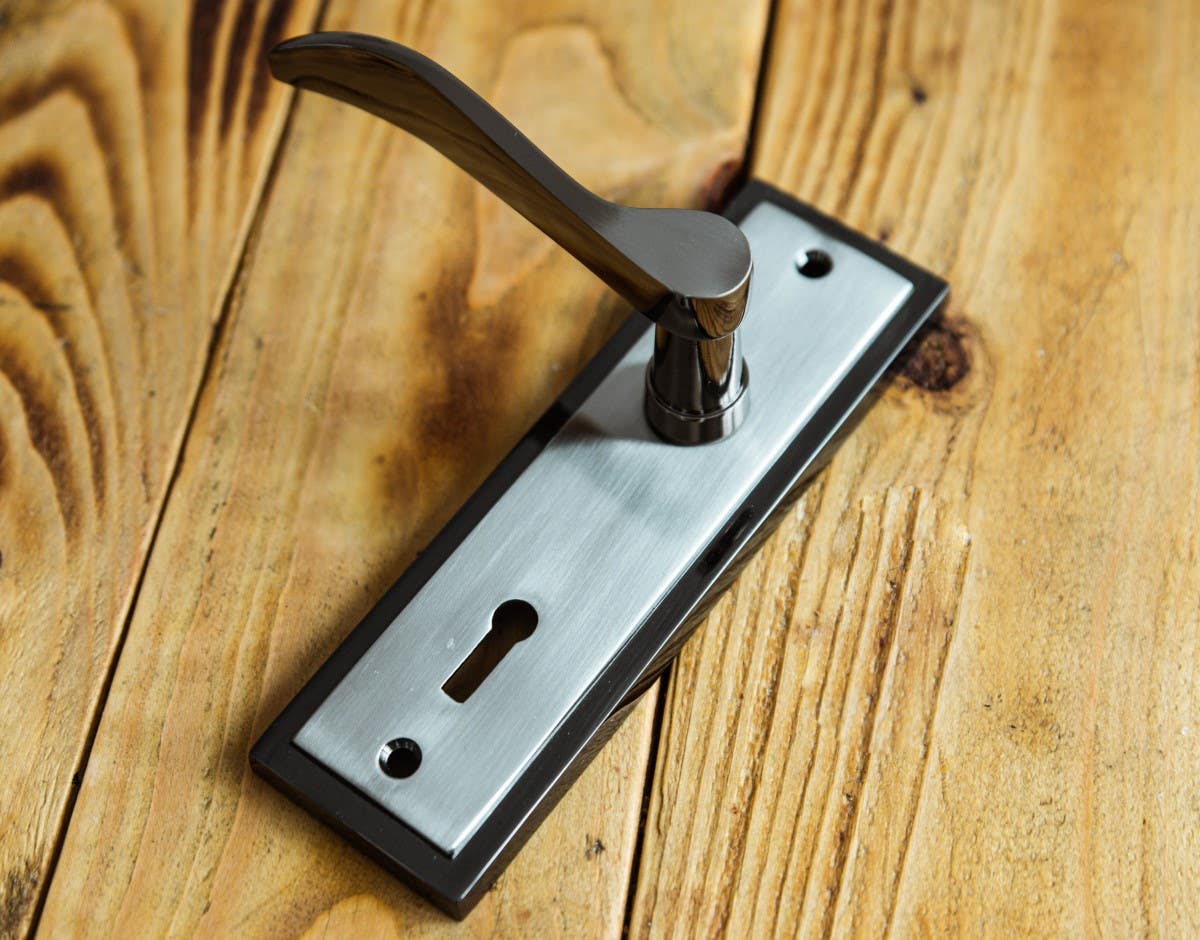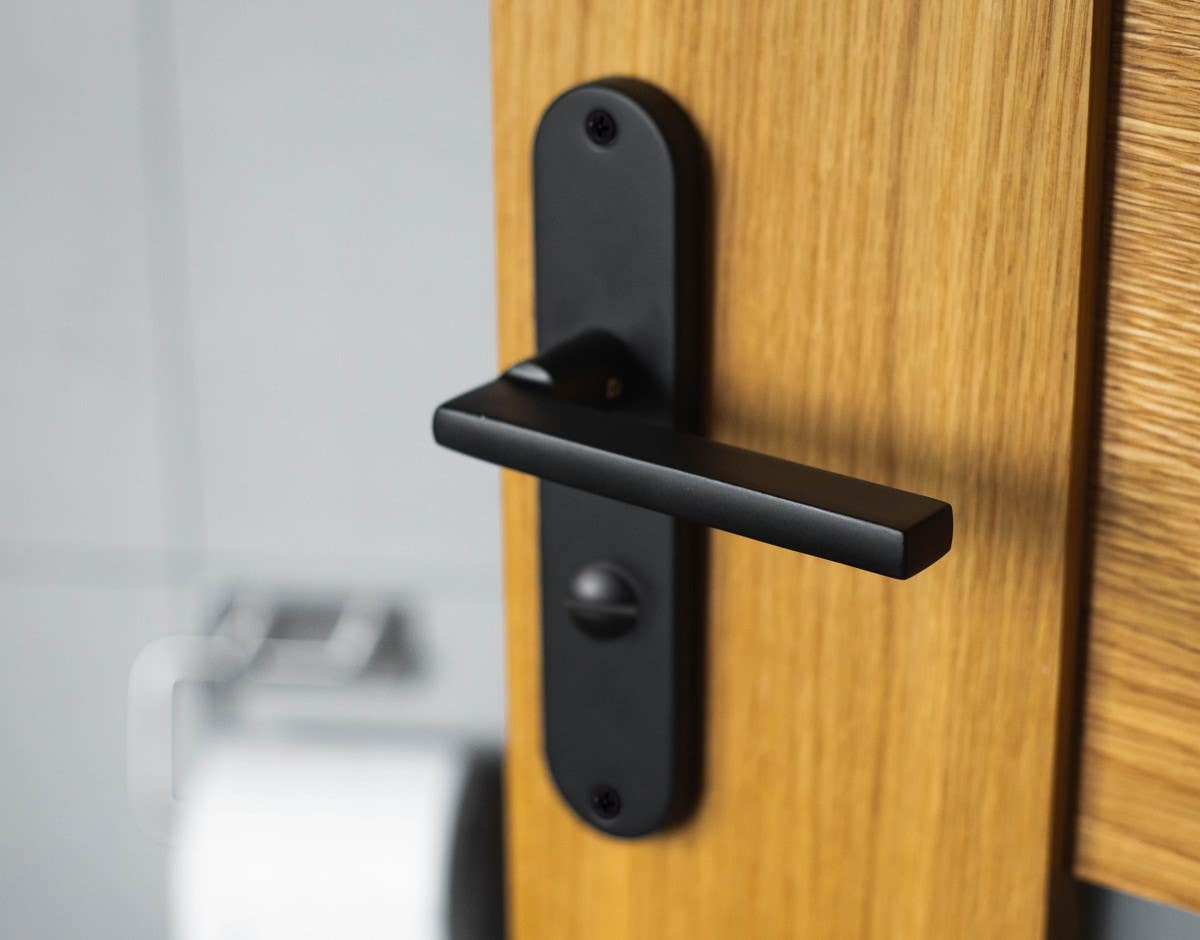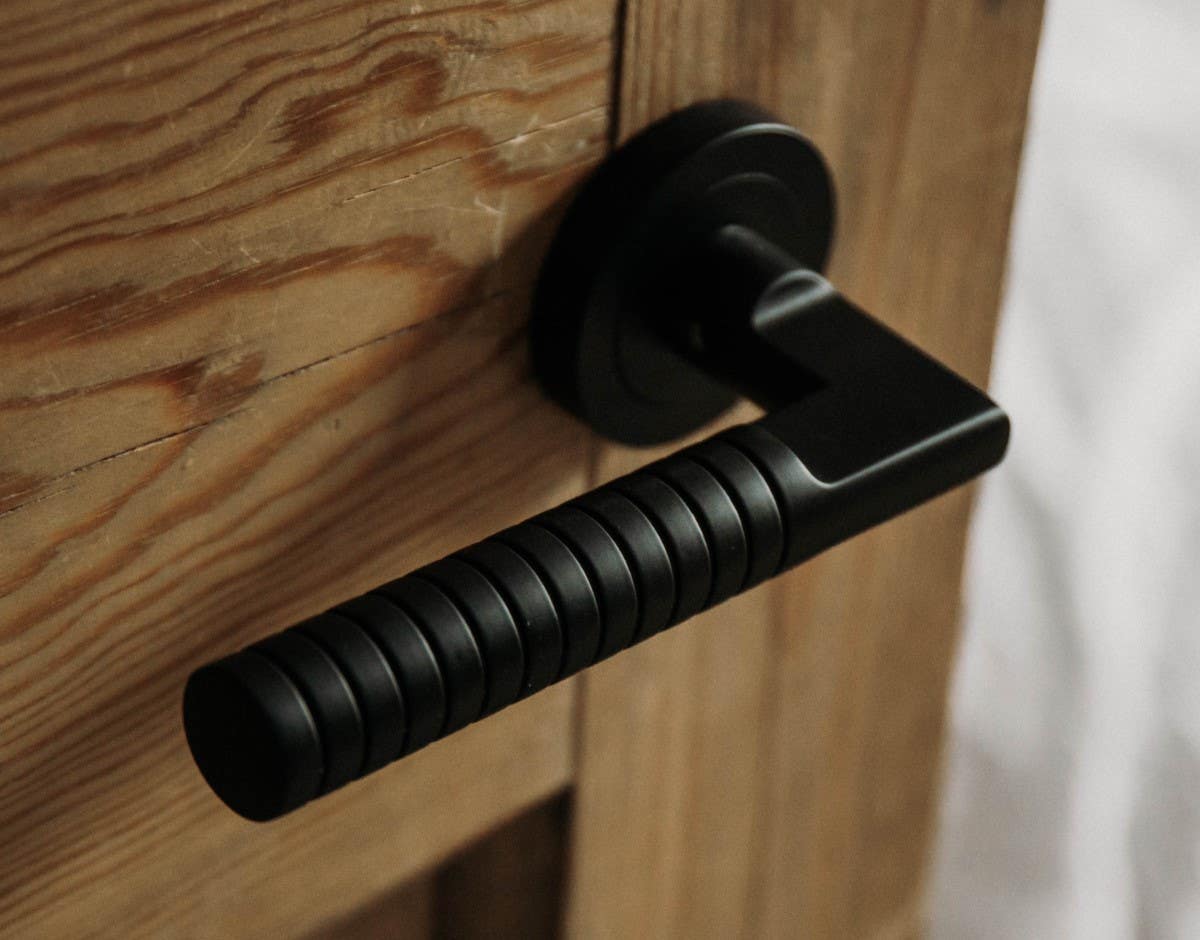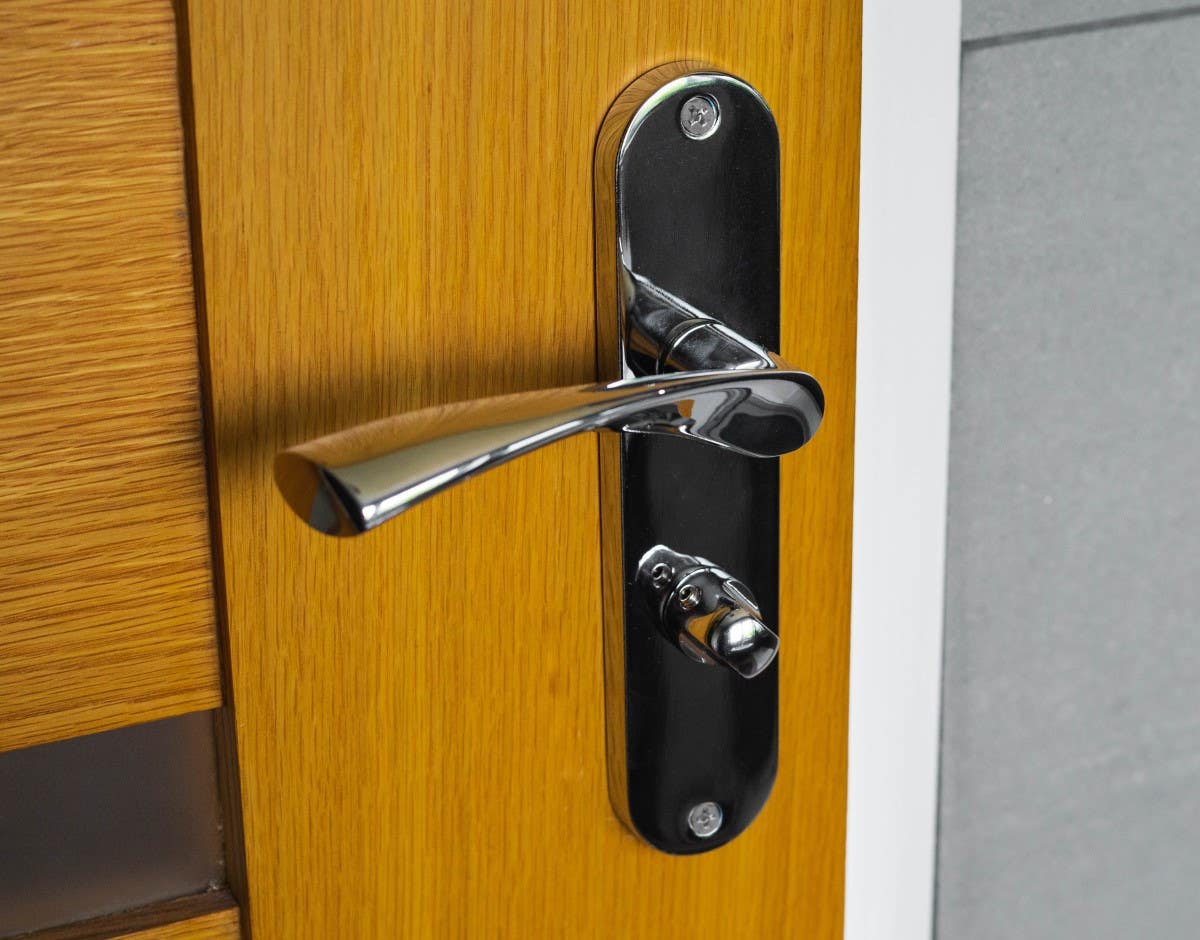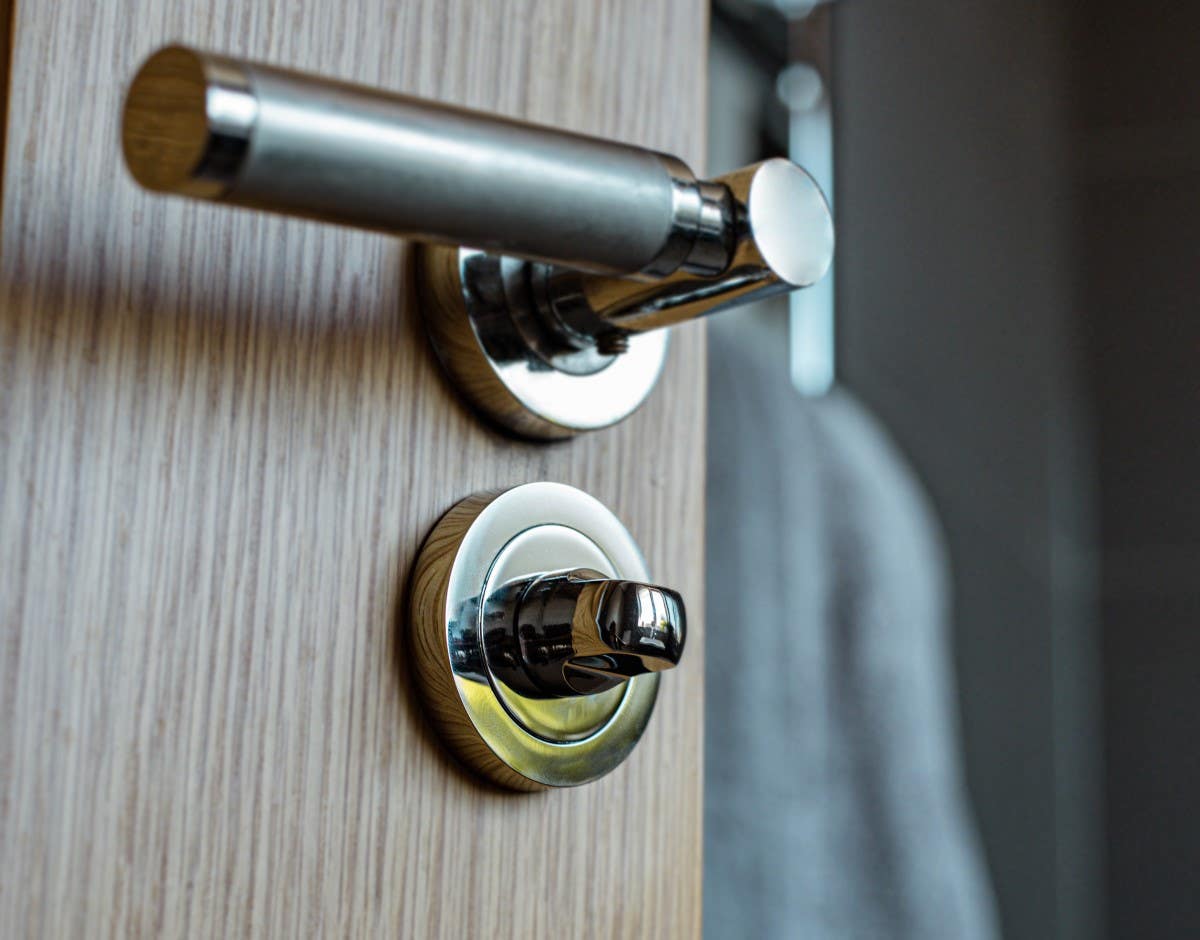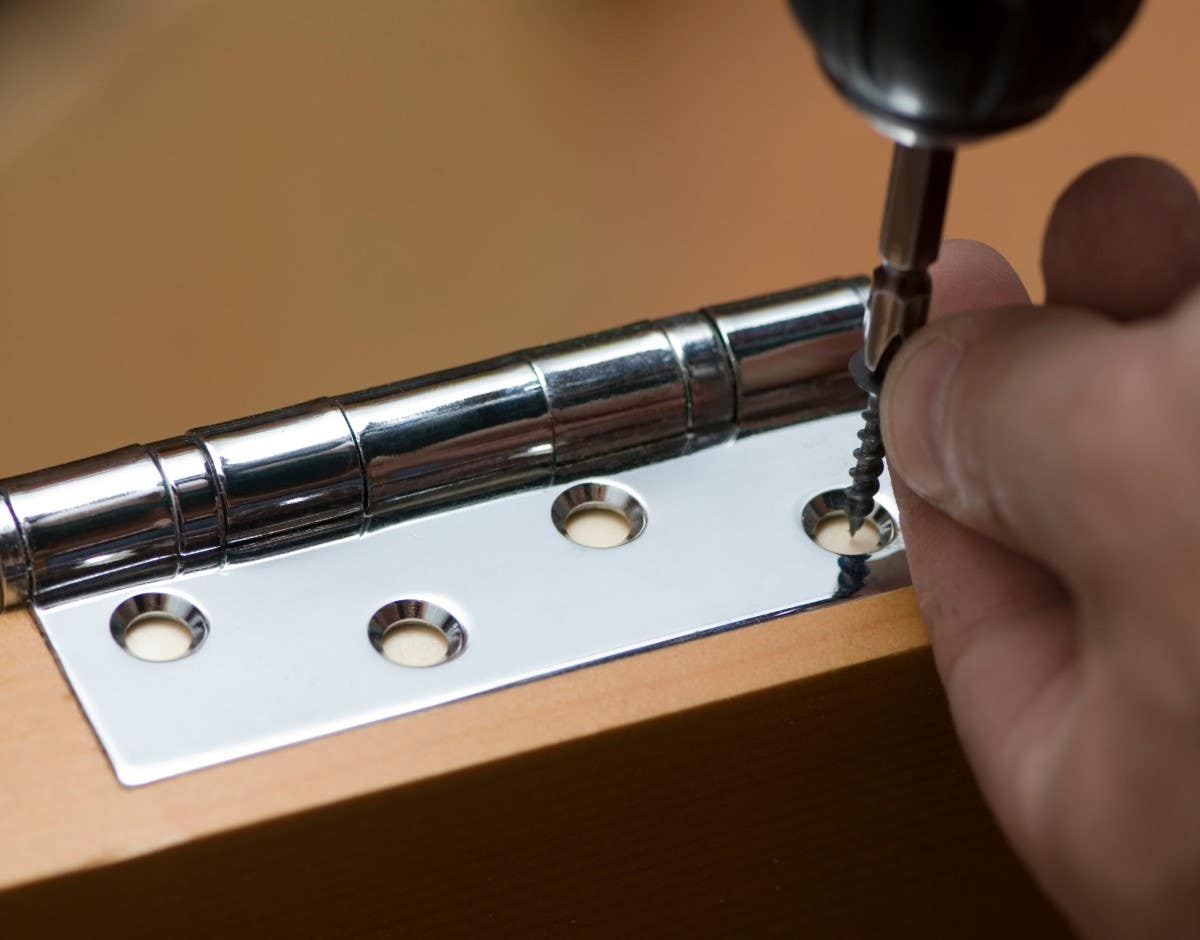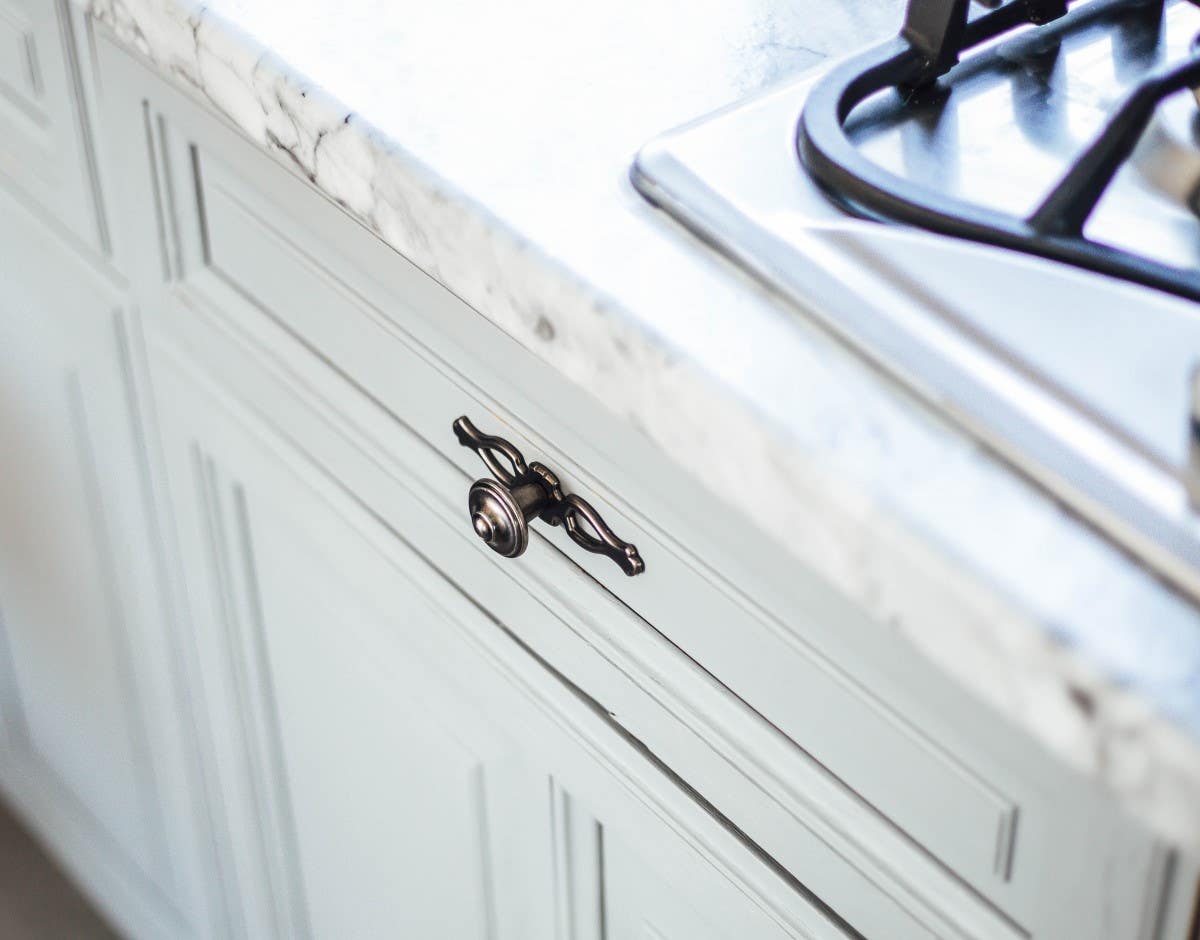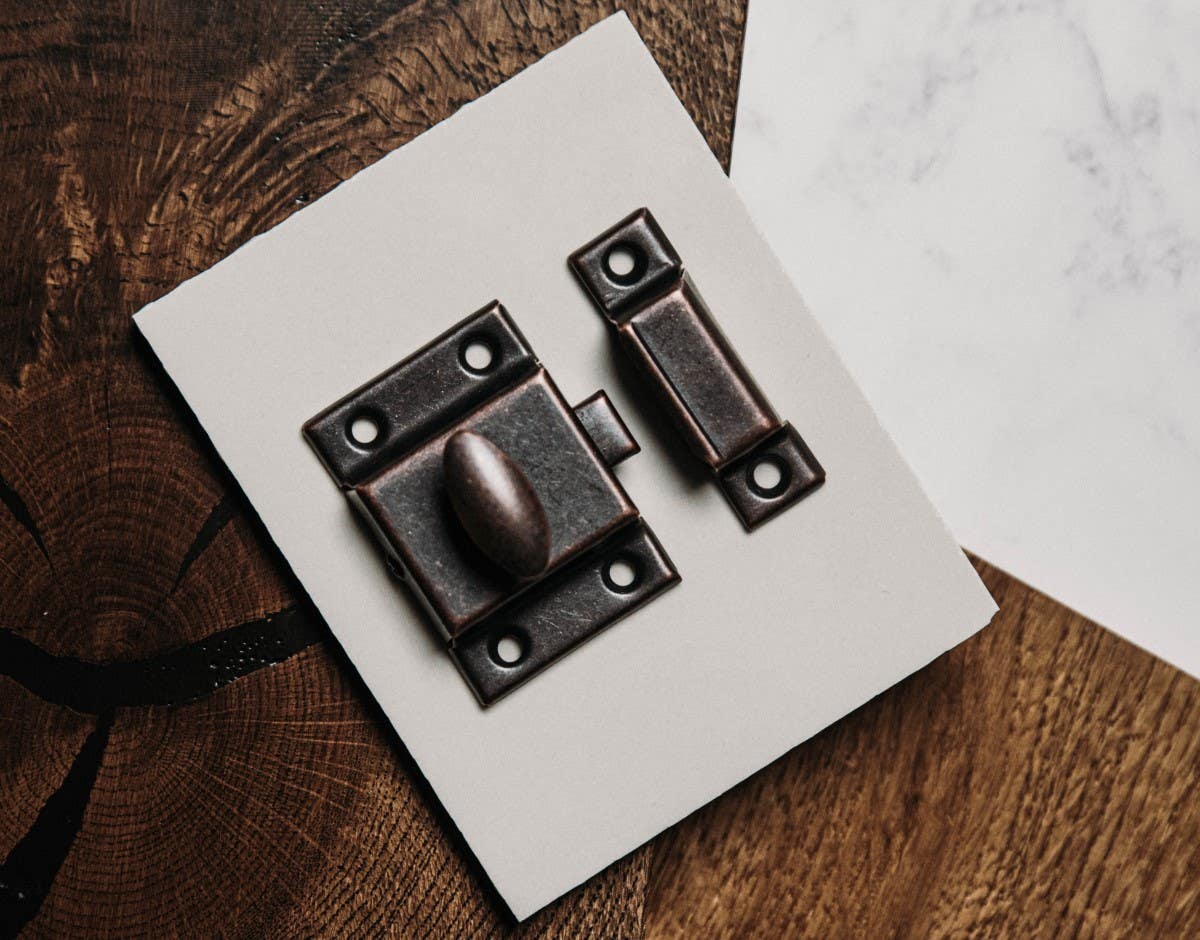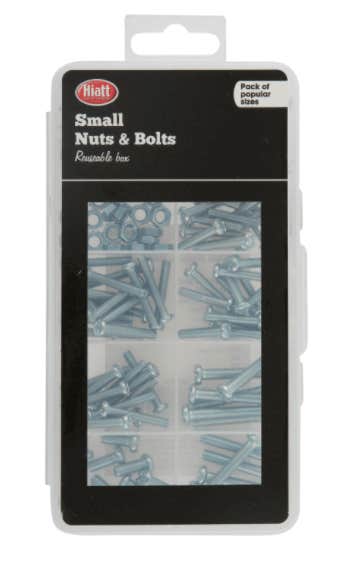The Best Tools and Supplies For a Home DIY Kit
Completing home DIY projects can be as exciting as they are empowering. Having the ability to fix, build or transform areas in your home brings with it a unique sense of achievement. However, this is only possible when you have a well-equipped tool kit to get the job done.
Irrespective of whether you're a newbie looking to just hang a picture frame or an experienced DIY-er planning a full-size home improvement project that involves replacing door handles and carpets, there are certain essential tools that are needed for specific tasks.
Be Prepared For Virtually Any DIY Job
In this comprehensive article, we aim to help you put together the ultimate DIY tool kit that will have you prepared for pretty much any DIY job you might face. From basics like screwdrivers and spanners to more specialised items like spirit levels and electric drills, we'll cover everything you might need for a kit that will enhance your results.
They say that a poor workman blames his tools, but a smart DIY-er knows the value of investing in reliable, high-quality gear, so let's see what's needed.
Basic Tools For Your Tool Kit
So, if you've yet to gather a set of tools, we're first going to look at compiling a starter tool kit. What do we mean by starter tool kit? Well, it's the basic tools that should be in every tool kit. Even the best tool kit keepers need these items.
Hammers

One of the first tools that most people think of when putting together a tool kit is a hammer. That said, it's a little more complicated than that, as there's more than one kind - each of which is meant for a different kind of job.
- Claw hammer - a general-purpose tool for driving/pulling nails and light demolition tasks.
- Ball peen hammer - used to shape metal and round off rivets.
- Chisel hammer - needed for use with a chisel to carve out the necessary space for new door hinges.
- Rubber mallet - ideal when you need to provide force without causing damage to the surface you're working on.
- Roofing hammer - used outside, it has a spike used for making nail holes and a flat part for driving nails in.
- Lump hammer - this one is not likely to fit in your toolbox, but it's often needed for heavy work, such as knocking down walls.
A hammer is an essential tool for a number of household tasks. Ideally, you'll have all the tools mentioned or a selection of the above so that you never encounter a job you're not ready for.
Chisels

Used to shape carve and cut materials like wood and masonry accurately, a chisel is a basic that you'll need for jobs like fitting mortice locks to doors or digging out old mortar between bricks.
Tools like these have a sharp, bevelled edge that's designed to cleanly slice through the materials you're working on with great control. Among the types of chisel available, you'll find:
- General wood chisel - great for door hardware jobs
- Butt chisel - a shorter type that's good for creating joints
- Corner chisel - designed for cleaning out corners and holes
- Flooring chisel - used for lifting floorboards and material trimming
- Mortise chisel - created for cutting mortise joints
- Pairing chisel - a long, thin type used for fine woodworking jobs
In reality, most tool kits will usually have just one or two of these chisels, as they'll be suitable for most home improvement jobs.
Screwdrivers

The next of the reliable tools that every tool kit needs is a set of screwdrivers. Have you ever come to deconstruct some furniture and found that you had the wrong type? It's very common and can be really annoying.
Again, there's a wide variety of screwdrivers that exist, which is why it's often best to buy them as a set. It's cheaper to do so this way and inside most quality options, you'll find:
- Flathead screwdrivers - one of the most common for general purpose, slotted screws.
- Phillips screwdrivers - the other most common type is a Phillips screwdriver, for screws with a cross-shaped screw head.
- Hex screwdrivers - if you happen to be putting furniture together, hex screwdrivers can come in really handy.
- Robertson screwdrivers - should you be doing some minor electrical repairs, you could find yourself needing a square Robertson screwdriver.
- Offset screwdriver - for those moments when you need to tighten or loosen a screw in hard-to-reach, tight spaces, an offset screwdriver can save you a lot of time and effort.
- Ratcheting screwdriver - when you spend a good deal of time doing up and undoing screws, such as when installing door handles, it can be tough on your hands and wrists. A ratcheting screwdriver can make the job a whole lot easier.
- Nut driver - lastly, nut drivers are a handy addition to your kit, as you never know when you might come across a stubborn nut that needs to be loosened when taking furniture apart.
Of course, another option, if you have power tools (we'll cover those later) to use, is screwdriver bits that turn your drill into a powered screwdriver. This is what you'll find most pros using, mainly because it makes everything quick and easy.
Pliers

Ask some types of tradesmen, like electricians, and they'll likely tell you that their best tool is their set of pliers. Home tool kits should always feature a set or two, ideally more, as again, there's one for a range of different tasks.
- Needle nose pliers - Great for precision work and often used for bending, cutting, and manipulating small wires.
- Combination pliers - Another general-purpose tool that you can use for gripping, bending, and cutting wire, as well as gripping bolts.
- Long nose pliers - There may be occasions when regular pliers are just too wide to get into certain tight spaces. This is when long long-nose pliers can be very handy to have.
- Bent-nose pliers - When a corner is involved, it can present certain access problems. Bent-nose pliers solve the problem.
- Crimping pliers - Often employed to attach metal connectors to wires.
- Slip joint pliers - Just like an adjustable wrench, slip joint pliers are great for gripping irregular-shaped objects like bolts and nuts.
- Locking pliers - Need to lock something into place? Locking pliers act like a portable vice, and while not every tool kit has one, it can be very useful.
- Wire strippers - As their name suggests, these make light work of stripping cables.
Pliers are an essential part of any good tool bag, and if you're going for the basics as part of a small tool kit, you should aim to have at least the first three types of pliers listed.
A Set of Allen Keys

Also known as hex keys, Allen keys add versatility to your tool collection. If you've ever had to put flat-pack furniture together, you should be familiar with what we're talking about. You'll also know that nothing else can replace hex key sets when needed.
Unlike regular screws, they offer more contact points and, consequently, more torque. Available in both imperial and metric sizes (which is why it's sometimes good to have two hex key sets, i.e. one of each), and they're usually sold in sets of 12, 24, or 36. These L-shaped wrenches make light work of many furniture-related jobs and ensure you don't get held up.
A Tape Measure

Measurements matter when you're doing DIY and the only way you can be sure of what you're doing is by having a good quality measuring tape. Typically made from highly durable steel alloy, they're able to be coiled up when not used.
Usually available in lengths between 2m and 30m, tape measure products also come in PVC-coated fabric options (usually the longer ones). This is one of the high-quality tools that you can't really compromise on, as, without one, you're guessing on everything you do.
A Crowbar

There are some DIY jobs around the home that require that extra bit of brute force that no other tool than a good-quality crowbar can handle. This sturdy tool is great for prying out stubborn nails and tough demolition jobs that call for additional leverage.
Crafted from hardened steel, they're pretty indestructible and perfect when your claw hammer just isn't giving you quite enough power to get the job done.
A Good, Sharp Utility Knife

Another of the essentials that all of the best tool kits have is a good, sharp utility knife. You can do all kinds of necessary jobs with one, such as cutting carpet into the desired shape or laying lino.
As ever, you'll find a selection of utility knives available to buy:
- Retractable utility knife - this general-purpose option retracts into the handle for safety and is sharp enough to cut both cardboard and drywall.
- Fixed blade utility knife - offering a stronger grip, this is a better option for heavier jobs like cutting thick plastic and deep pile carpet.
- Snap-off blade utility knife - a segmentable blade that can be snapped off when the one you're using becomes too blunt. Also referred to commonly as a box cutter knife.
- Folding utility knife - great for detailed work and available in a range of blade shapes.
Each of the options shown above serves specific DIY requirements and suits certain jobs better than others, so it's up to you to decide which one suits your needs best.
A Handsaw

Another indispensable option to have in your DIY tool kit is a handsaw. They're affordable and part of most comprehensive kits, and are suitable for jobs both inside the home and in the garden. Whether you're trimming a door before fitting door handles and mortice locks, a handsaw is something you'll need at some point.
Used to cut wood, and plastic, trim shelves, and make repairs, there are various types that you might think of including.
- Regular Handsaw - this is the type that most people are familiar with and is usually made from high-carbon steel for durability and sharpness. With hardened teeth to retain their bite, the handle is typically made from composite plastic or wood.
- Tenon saw - a smaller option for your tool set is a tenon saw, which is better designed for precision woodworking and has a stiffened spine that ensures straighter cuts.
- Hacksaw - need to cut a metal or plastic pipe? Then you need a hacksaw, which typically comes with an interchangeable blade.
- Coping saw - often used to create joints and with a design that makes it perfect for intricate woodworking.
- Bow saw - if you're working with thicker wood, then it could be that a bow saw is the best option, as its coarse teeth give you more power.
When you look at a hand tool kit with fewer tools, you're not likely to see all of the above. However, you might in more comprehensive kits. Basic essentials dictate you should have at least two of these metal tools at hand.
A Spirit Level

There's an old saying that tradesmen say, and it's "Measure Twice, Cut Once". It alludes to the importance of accuracy when doing DIY, and it certainly applies to jobs like installing door hinges and door handles.
When either is misaligned, you'll end up with a door that sticks, looks uneven, or won't even close at all! It's another basic essential that you'll need to cover when looking for the right tool kit options.
Of course, you've got the standard, trusted type with the bubble contained within a plastic tube, but it's not the only type available. As with all the basics listed so far, you've got a number to choose from for DIY toolsets.
- Torpedo Level - These small, compact levels are suitable for small jobs and tight spaces and are just the right size to pop in your pocket for easy access.
- Box Beam Level - Its larger cousin comes in a bigger plastic case and is just the ticket for heavy-duty tasks that require a larger surface to be checked.
- Laser Level - If price isn't really an issue for you, then a laser level can be of real benefit, especially when installing kitchen cabinets, tiling walls, or laying down floor tiles. Projecting a vertical or horizontal line, it's hands-free and extremely accurate.
- Line Level - Putting up some fencing in the garden? Then a line level - that hangs on a string line - is what you need. It's handy for landscaping, too.
The jobs you do around the home won't look nearly as good when you don't use a level of some kind. Even just the smallest inaccuracy can lead to big, unsightly gaps in your work. Most aren't too expensive, either, so make sure you get one for your tool kit.
Stud/Pipe/Wire Finders

Looking to hammer picture hooks or coat hooks into the wall for mirrors or artwork? Then you'll need a stud finder, which allows you to locate framing studs - a fundamental part of your home's construction - behind the walls.
This allows you to learn where the sturdiest parts of your walls are so you know where to attach load-bearing fittings like TV brackets. It ensures that you don't work hard hanging a TV in your front room and end up seeing it crashing down a short while later.
It's also important to know where the wires and pipes are in your walls, as otherwise you risk accidentally drilling through them and causing major damage to your home. As such, pipe and wire finders should also form part of your kit.
An Adjustable Wrench

Is there anything worse than needing to undo a bolt during a DIY project and not having the right size of spanner? Worse than that, you have five of them in different sizes, but none of them fit. Annoying, right? It can bring work to a grinding halt!
That's why it's a good idea to have an adjustable wrench available, as that instantly becomes a non-problem. In fact, it's a piece of equipment, meaning that you could remove an entire spanner set from your toolbox - freeing up space for other items.
Whether trying to loosen pipes or dislodge an old, rusted door handle that just won't budge, this space-saving option lets you tackle a wide range of jobs and avoid being held up by delays.
A Power Drill

When you have a power drill in your tool box, it can be a real game-changer for your DIY projects. As a tool kit essential, it greatly reduces the time and effort involved in boring holes and driving in screws.
You'll find a use for one in so many types of home improvement tasks, from installing light fittings to fitting a new letter box on your front door. There are a few choices available, too.
- Corded drill - When there's a power outlet available, a corded power drill is a great option, as it will give you as much power as you need. This means it's suitable for high-use jobs that last all day.
- Cordless drill - Sometimes, there might be a lack of access to power outlets, or you just don't want the restriction that being tied to the wall brings. That's where a cordless drill comes in handy, although the battery will eventually run down.
- Hammer drill - Dealing with brick, concrete, or other masonry jobs? Then you need a hammer drill that offers an action that lets your drill bits penetrate even the hardest surfaces by 'hammering' backwards and forwards.
- Impact Driver - When you have a lot of screws to tighten, another option is an impact driver that's designed to give you the consistent power you need.
If you want a tool kit that's able to cope with any job, then it's great to have all of these power tools, but in reality, you're likely to have at most two of them. Usually, a corded and a cordless drill is enough to give you what you need to tackle the majority of tasks.
Advanced Tools For Your Tool Kits
If you want to take your home tool kit to the next level, we now look at some of the more advanced items you'll need. This is the kind of toolset that's meant for someone with a bit more experience when it comes to DIY, allowing people to take care of more challenging projects.
Circular Saw

There are plenty of woodworking aspects to home remodelling that require a bit more in the way of speed and precision. In order to make things a bit easier for yourself when trimming decking boards or sizing sheets of plywood, you could invest in a circular saw.
Jigsaw
If you've got some more complex or intricate wood-cutting tasks to take care of, a jigsaw can be very useful. For instance, you might need to cut out a sinkhole in a countertop or trim a door before installing a latch. It is one of the more advanced tools for one of the more difficult jobs, so you'll need a certain level of skill and knowledge to use it safely.
Router
Staying with the woodworking theme, another good addition to your toolbox is a router. Used for hollowing out wood and creating recesses, such as inlays or mortises for joints, it's a piece of kit that can significantly expand your DIY capabilities, allowing you to create sophisticated-look finishes.
Multimeter

As beautiful as home lighting can be, all those delicate wires can suffer problems from time to time. A multimeter is a handy gizmo to have in your possession when this happens, as it allows you to check to see what's wrong, giving you the power to test batteries, blown fuses, and possibly live wires.
While it's most often best to leave electrical work to the electricians, multimeters let amateurs do so in a safe and controlled way.
Bench Vice

While some might see having a bench vice as something of a luxury, it's actually an essential tool for home DIY projects. Of course, you can get the same function from a workmate, but a dedicated vice is that much sturdier and able to cope with the heaviest duty tasks.
There will be occasions when you need to keep what you're working on fixed firmly in place, such as sawing, glueing, and joinery.
What About Safety Gear?
While it's important to have the gear in your toolset for most jobs around the home, there's nothing more vital than ensuring you also keep yourself safe. There are a bunch of hazards presented when you're sawing, drilling, and hacking away at drywall.
So let's take a look at some of the essential safety gear you shouldn't be without when engaging in DIY. These items are just as important as the tools you use.
Safety Goggles

You only get one pair of eyes, and they're very vulnerable to flying debris that's quite commonplace in the DIY world. For example, if you need to cut out a hole in a door for a bathroom thumbturn, lots of splinters and sawdust are flung out into the air as you do.
It only takes one small sliver of wood hitting your eye to cause you major injury and threaten your sight. As careful as it's possible to be, you can't predict when a sliver of debris might spring up and potentially blind you.
Work Gloves

Something else that you need to protect is your hands, and there's no denying that DIY can be tough on them. That's why a good pair of work gloves is an essential part of your tool kit, as you're much less likely to get cuts, nicks, and abrasions on your skin as you work.
Not forgetting, of course, that you'll get a much better grip on the tools you use, as many of the work gloves you can buy these days have enhanced texture on the palm.
Ear Protection

Homes with DIY projects going on can be very noisy places, especially with power tools being used. As such, your ears can take a real pounding in an enclosed space. When working with gear like a circular saw, you can end up subjecting your hearing to up to 120 decibels.
The trouble is, you need to keep the noise levels below 85 decibels to ensure you don't permanently damage your hearing. If not, you'll likely experience ringing or muffled hearing without a quality pair of ear defenders at hand.
They don't have to cost a fortune, as you have the option to go for headphone-style products or foam types that go directly into the ear. Either is equally effective at keeping your ears protected.
Dust Mask

Doing a spot of sawing, either manually or with a power saw? Then there's soon going to be a lot of dust in the air, and you don't want to be breathing it in. It might not be particularly dangerous to do so once or twice accidentally, but when working all day, it's going to be too much to bear.
The way to protect yourself is to invest in some disposable dust masks to stop the often unpleasant outcome of getting sawdust in your mouth - or worse, inhaling it from the air.
What Should You Keep Your Tools In?

After spending what can be a considerable sum on your DIY tool kit, you have to give some thought to what you want to keep them in. You could simply go for a sturdy plastic box, but that can lead to individual tools getting lost - particularly if all you want is a screwdriver to attach a door knocker, and it's right at the bottom of the container.
The main options include:
Toolboxes - Consisting of either a hardened metal or plastic case, toolboxes are portable and have many compartments that all you to keep everything organised. It's a popular option and won't cost the earth, usually coming in at between £10-£20.
Tool Bags - Another choice some DIYers go for is a tool bag, which is flexible, lightweight and easy to carry. It typically contains multiple pockets for a range of hand tools, and being soft-sided, you can get the most basic sets inside one.
Tool Belts - Installing a bathroom door handle or kitchen cabinet knob set and want to keep your hands free but your tools close by? Then a tool belt could be the answer. Adjustable to the size of your waist (like a normal belt) and speeding up all your DIY jobs, it's a handy option.
Tool Chests - When talking about larger tool sets that contain not just all the essentials but much more, you might consider a tool chest. Stored in your garage or shed, they're often lockable - useful as tools are super-stealable items!
Tool Cabinets - As a larger version of the tool chest, these are the type of tool containers that a tradesman might use. With lockable drawers, they can house many different tools and can be combined with a workbench for a complete home DIY setup.
Tool Racks - If you are lucky enough to have a tool shed or dedicated garage, then a tool rack is another way to go. They're wall-mounted to save space, and it makes all your tools very easy to find.
Each of the above options caters to different needs, from basic portability to extensive storage. You pay good money for tools like these, so you'll need to opt for at least one of these choices to ensure they're safe and ready when you need them.
High-Quality vs Lower-Quality Tools - Does It Matter?
So, we've covered the comprehensive range of tools you have to choose from that will equip you to take care of jobs as varied as installing door hinges to adding a loft hatch. The question that remains, however, is how much should you invest. Should you go the whole hog and buy Dewalt, Bosch and Apollo tools?
That's up to you, of course, but here's the pros and cons of the old quality vs cheap tools debate.
The Benefits of Cheap Tools
The most obvious benefit of going for the cheap option is cost. Your initial costs will be lower, and if you happen to lose one or two of them along the way, it's not too much of an issue. If you're only an infrequent DIY-er, it could be the option, as it also makes your money go further and allows you to buy a wider range of tools.
...And the Drawbacks?
There's also a downside to taking the economical route with tool buying. They may break easier, be less comfortable to use and perhaps not give you the same precision you need to do a good job. If you intend to do lots of jobs over a long period of time, you could end up spending just as much by having to keep replacing items.
The Benefits of High-Quality Tools
On the flip side, when you buy quality, you end up with a higher-performing tool set that makes them more robust, better in the hand and more like something you can rely upon.
That said, quality tools can be lost/stolen, and if you don't use them that often, it might be a bit of an overkill. Ultimately, it's a choice you'll have to make for yourself.
If you have the money to do so, and you've got lots of DIY plans ahead, pros would tell you to go for quality where it matters...and we think we'd agree with that sentiment.
Getting a Tool Kit For Every Purpose
So, we've reached the end of our comprehensive guide to the tools you should have in your tool kit. We don't expect you to invest in all of them, of course, but you at least now know all of the options that are available to you. We've also talked about safety (very important) and the best ways to store your tools, so we've pretty much covered all the toolkit bases.
We hope you've found our article helpful. We'll leave you by asking you to keep in mind that if you're working on your home and you're interested in a wide range of top-quality door hinges, door handles, door knobs, and other door hardware, the DoorHandleStore online shop is the place to look. We've got a huge range at very competitive prices. Why not check us out?
All that remains to be said is good luck in your DIY pursuits. Check back with us soon for more hints, tips, and guidance from the home of door hardware.
